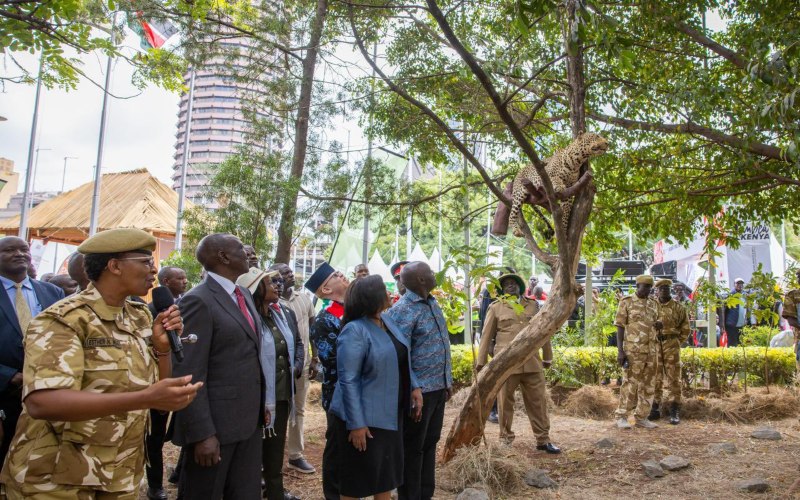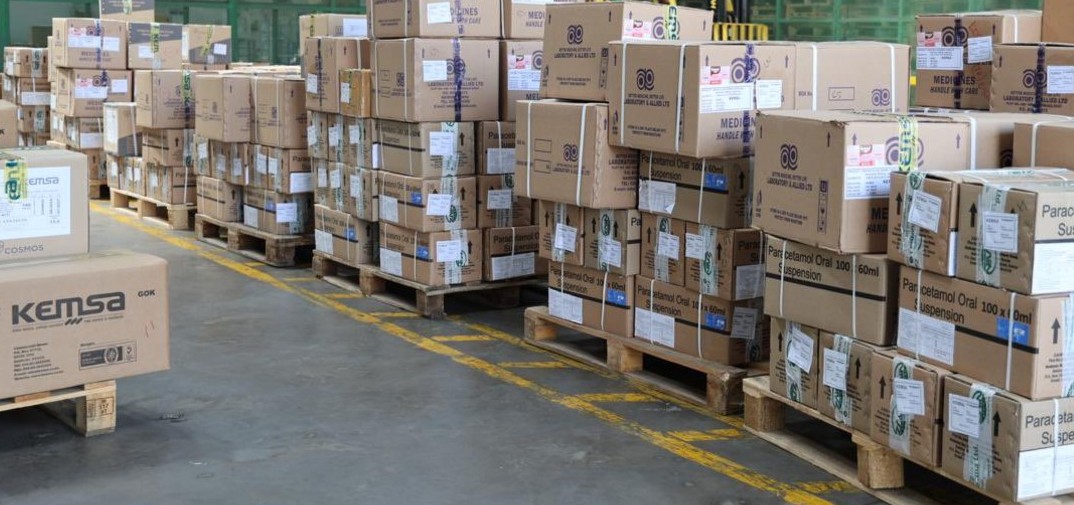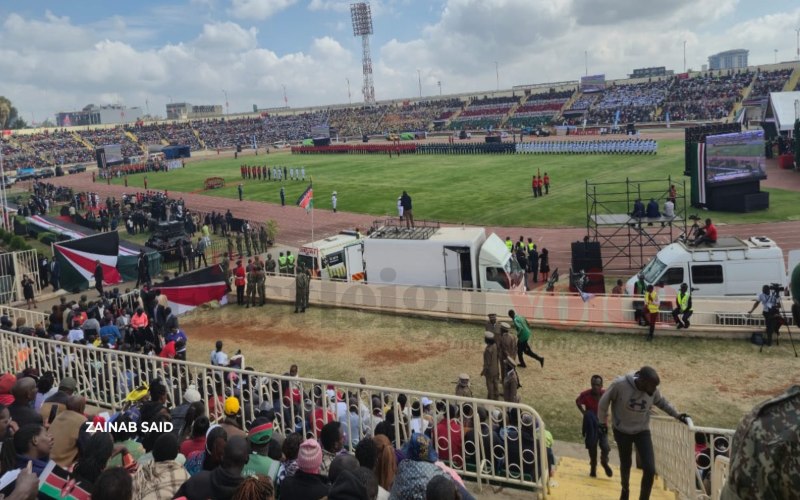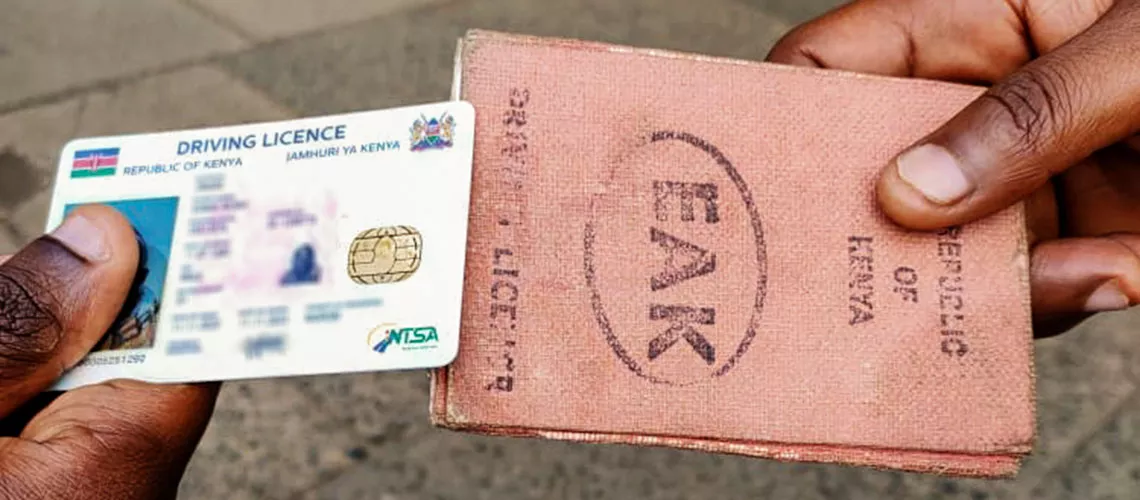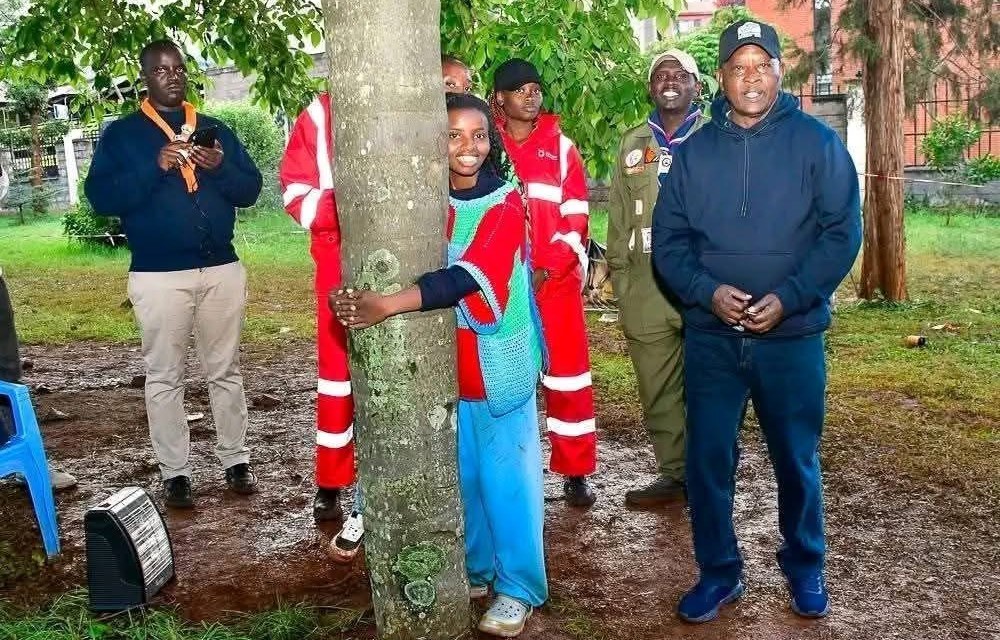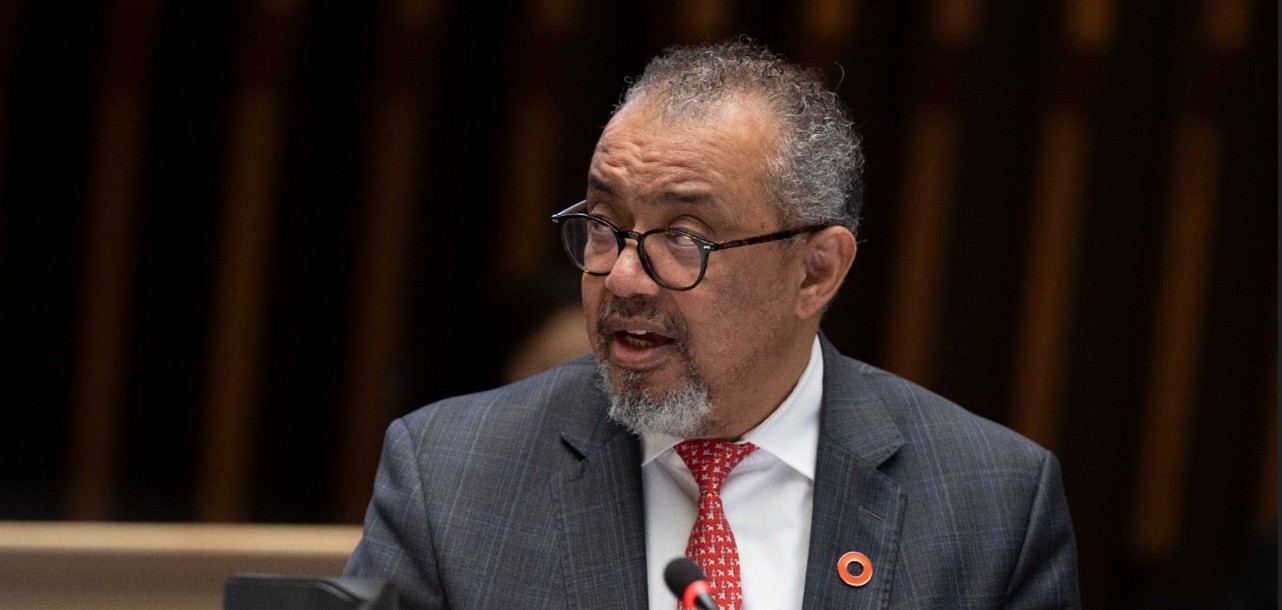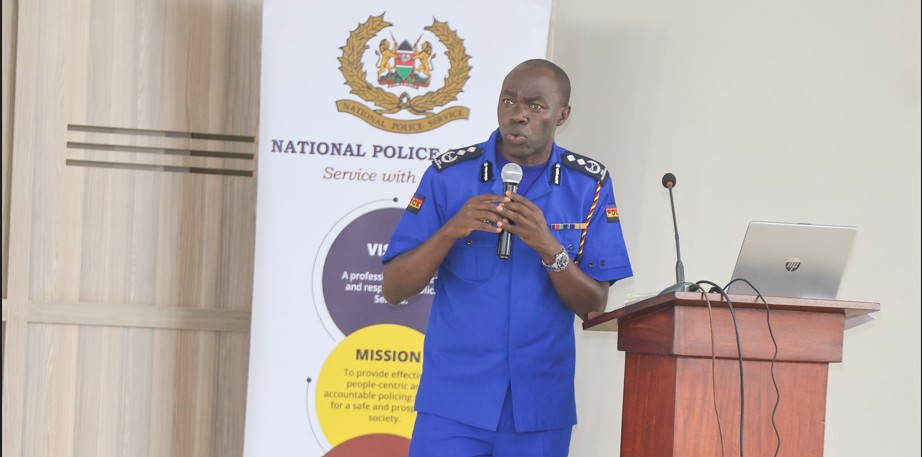Thousands of displaced Palestinians begin returning to northern Gaza as ceasefire takes effect
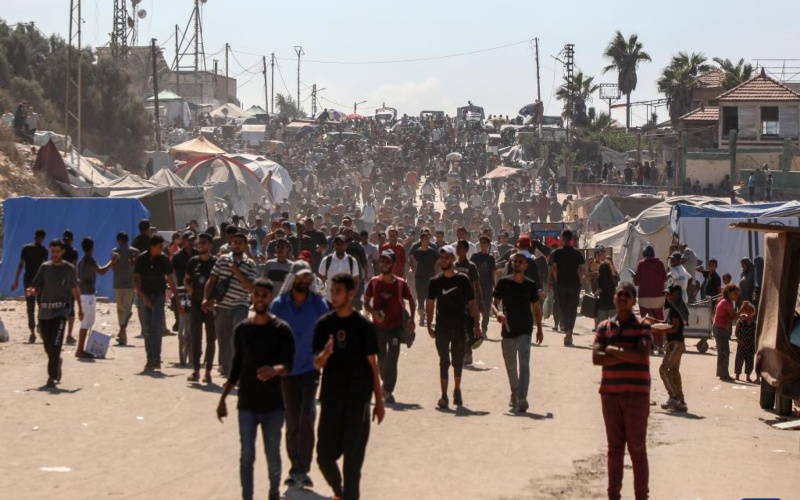
Two years of Israeli strikes have left Gaza in ruins, caused famine, and killed more than 67,000 people, according to the Gaza health authorities.
Displaced Palestinians have begun returning from the southern part of the Gaza Strip to the north after the Israeli army announced that civilians are permitted to move through the coastal Rashid Road and Salah al-Din Road, local sources said on Friday.
The movement of civilians came shortly after the ceasefire agreement between Israel and Hamas entered into effect at noon local time, ending two years of conflict that left tens of thousands of people killed and caused widespread destruction across the enclave.
More To Read
- Maternal and newborn health in crisis as millions born in conflict zones, Save the Children warns
- Gaza faces humanitarian disaster with thousands trapped in flooded camps
- Ghana expels three Israelis over Ben Gurion Airport detentions
- UN warns human rights face growing threats worldwide in 2025 as funding for activists falls
- UN rejects Israel’s ‘yellow line’ plan, says Gaza border changes violate ceasefire
- UN condemns Israel for storming UNRWA compound in East Jerusalem
In a statement, the Israel Defence Forces said its forces had redeployed along new lines in accordance with the terms of the agreement and the framework for the return of captives. It added that troops under the Southern Command would continue to monitor the situation and respond to any immediate threats to Israel's security.
In a message to Gaza's residents, army spokesperson Avichay Adraee said Israeli troops would remain deployed in specific areas inside the Gaza Strip and warned civilians against approaching military sites "until further notice."
He cautioned civilians to avoid Beit Hanoun, Beit Lahia, and al-Shuja'iyya in the north, as well as Rafah and the Philadelphi Corridor in the south, describing them as high-risk areas.
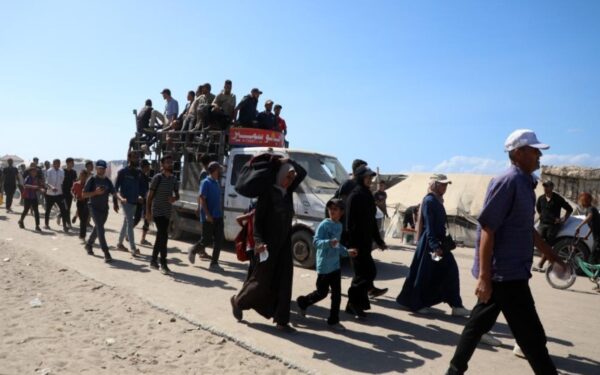 Palestinians walk on road returning to Gaza City, near the central Gaza Strip, October 10, 2025. (Photo by Rizek Abdeljawad/Xinhua)
Palestinians walk on road returning to Gaza City, near the central Gaza Strip, October 10, 2025. (Photo by Rizek Abdeljawad/Xinhua)
Adraee also urged residents to stay away from the sea and border areas, advising against fishing or swimming during the coming days.
Local security sources and eyewitnesses reported that shelling and gunfire stopped completely across the Gaza Strip as the ceasefire took effect. A cautious calm prevailed over Gaza City, the central region, Khan Younis, and Rafah for the first time in months.
Thousands of displaced Palestinians were seen walking or driving north along the coastal Rashid Road, which reopened to traffic following the withdrawal of Israeli military vehicles from the area. Heavy movement was also reported along Salah al-Din Road as more families began to return to their homes in northern Gaza.
"We are going back despite the destruction; what matters most is that the war has stopped and our children are safe," Mohammed al-Louh, a displaced resident from Gaza City, told Xinhua.
He described the moment as "the beginning of life's return after two years of hardship."
Meanwhile, Israeli Prime Minister Benjamin Netanyahu said on Friday that Israeli forces will remain in the Gaza Strip to maintain pressure on Hamas until the group disarms and the enclave is demilitarised.
In a televised address, Netanyahu said the Israeli military "remains deep inside the strip and holds all the positions that control it."
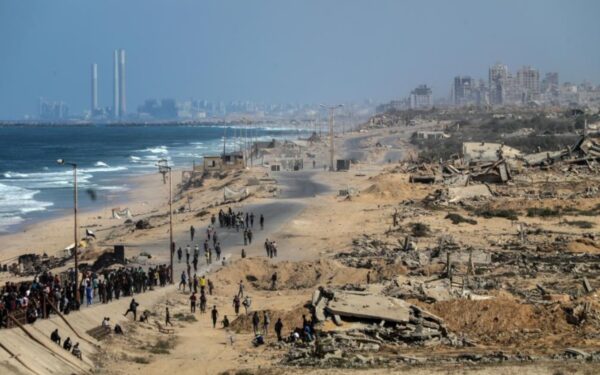 Palestinians walk on road returning to Gaza City, near the central Gaza Strip, October 10, 2025. (Photo by Rizek Abdeljawad/Xinhua)
Palestinians walk on road returning to Gaza City, near the central Gaza Strip, October 10, 2025. (Photo by Rizek Abdeljawad/Xinhua)
"In this way, we are encircling Hamas from every direction ahead of the next stages of the plan, in which Hamas will be disarmed and Gaza demilitarised," he said. "If this is achieved the easy way -- that will be good. If not, it will be achieved the hard way."
He said that 20 living hostages and 28 bodies would be released in the coming days.
The implementation of the ceasefire follows days of intensive negotiations in Egypt, as part of broader understandings that include a prisoner exchange and arrangement to reopen border crossings and facilitate the entry of humanitarian aid into the Gaza Strip.
Under the agreement, the Israeli army would halt fighting and partially withdraw from the Gaza Strip, while Hamas would release all remaining detainees in exchange for Israel freeing more than 2,000 Palestinian detainees.
Two years of Israeli strikes have left Gaza in ruins, caused famine, and killed more than 67,000 people, according to the Gaza health authorities.
Top Stories Today


